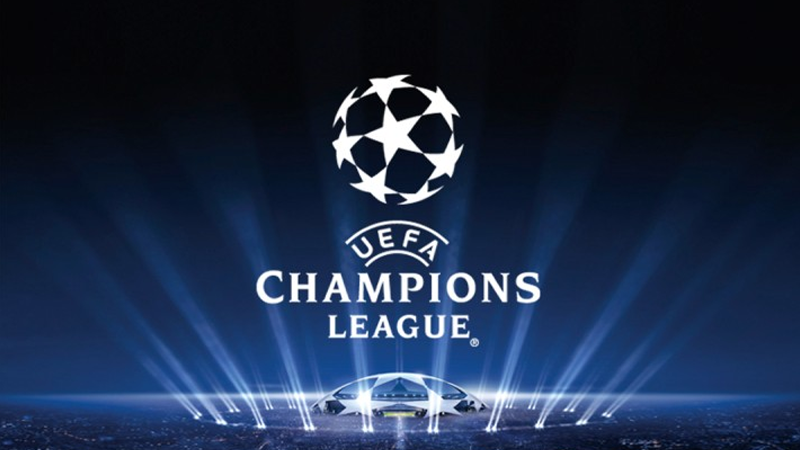The UEFA Champions League wasn’t always with us, at least not in its current form, but this reality seems to be lost on most football fans across the globe.
Only a handful of fans are familiar with the historical antecedents of the Championship League. This article will walk you through the events that culminated into what is now widely regarded as the most sought after tournament in the world of football.
The UEFA Champions League is a new version of the European Cup and it was played for the first time in the 1992-93 season.
Before it became known as the Champions League, the Europe Cup, which started in 1955, already had a reputation as the most prestigious club tournament in the world of football. After it was renamed the Champions League, the tournament became more popular with the introduction of a mini-league group stage system.
The New Mini-league group stage system shares a semblance with the FIFA World Cup, with its early phase of group play which is then followed by a knockout phase.
The European Cup, which later became the Champions League in 1992, is reported to have started with 8 clubs; the initial 8 clubs later became 32 clubs, if one excludes the club at the qualification stage.
Note however that when statistics are presented about the UEFA Champions League, it’s not unusual for European Cup statistics to be added to the Champions League statistics.
The distinction between the European Cup and the UEFA Champions League in the group play system, under the current disposition, as opposed to the Round-Robin format used under the European Cup.
The group stage was introduced in 1991 but the actual reshaping of the tournament didn’t start until 1992, after the renaming of the European Cup as the UEFA Champions League. Now, the Champions League has developed a hybrid form of group play and Round-Robin.
UEFA Champions League tournaments, so far, have been dominated by Top European Clubs, with some average European Clubs showing some competitive dexterity now and then.
Till date, Porto’s Victory in 2004 is considered by Football Talking Heads as the biggest upset staged by an average European Club since the League became a thing.
However, there have been other instances where the underdog (average European Clubs) showed outstanding potential for victory in a tournament. During the 1995-96 Season, Nantes almost managed to defeat Juventus in the semi-final but they lost 3-4 on aggregate.
Similarly, if Dynamo Kyiv had won the match against Bayern Munich in the 1998-99 season semi-finals, it would have also been a major tremor in the football world.
After two years, another average European Club at the time, Leed, reached the Semi-Finals but they couldn’t beat Valencia.
Likewise, in 2006, Villa Real was only one goal down, on aggregate, against Arsenal at the Semi-Finals. If they had won, it would have been a classic case of the underdog thrashing the favorite in such a consequential game.
Meanwhile, the European Cup, the precursor to the current UEFA Champions League, had quite an interesting history about its naming.
The initial name proposal for the European Cup was “La Coupe du President Seeldrayers” quite a mouthful, don’t you think?
This name proposal was in tune with the mood of the era because historians claim that after the 2nd World War, naming tournaments after football administrators seems to be the rage.
In fact, the World Cup Trophy became the Jules Rimet Cup and Henri Delaunay was accorded the same honor with the European Championship launched in 1958.
The man the European Cup was to be initially named after, Rodolphe Seeldrayers, was one of the grand patrons of European Football.
He was 18 years, in the year 1895, when he, together with some other people, founded the Belgian FA.
Rodolphe Seeldrayers was a sports journalist with immense influence within FIFA. And his influence translated into him becoming FIFA President after Jules Rimet stepped down as FIFA President in 1954.
Unfortunately, Rodolphe Seeldrayers wasn’t to be FIFA President for long; he died 18 months into his tenure but this was after he dismissed the proposal to name the European Cup after him.
A brief glance at the European Cup
Let’s now briefly examine how the European Cup itself came to be.
In the beginning, UEFA had nothing to do with the creation of the European Cup. The offer for a European Cup tournament was made by one Ernest Bedrignans. Mr. Ernest chaired the organizing committee of a private group discussing the prospect of a potential European Cup. The Committee was set up in April 1955 at a meeting initiated by the sports paper “L’Equipe” in Paris.
In a sense, the European Cup was L’Equipe’s idea. In December 1954, Gabriel Hanot, a journalist came up with a blueprint for European Club Competition. This blueprint, history has it, was a reaction to claims in the English Press that Wolverhampton Wanderers were the football champions of the world after the team defeated the powerful Hungarian team, Honved.
Three days after the match, one of Hanot’s colleagues, Jacques de Ryswick wrote a piece in L’Equipe, articulating the idea and need for a European Tournament. He invited clubs and members of the public to be part of the conversation.
Some believe Ernest Bedrignans wanted to flatter Rodolphe Seeldrayers into supporting the proposed tournament by naming the tournament after him. This is because only FIFA had the power to approve new tournaments.
In March 1955, L’Equipe presented the idea of the European Cup to the UEFA Congress in Vienna and the presentation was warmly received.
The only opposition to the proposal came from the French Football Federation. The opposition seemed to be informed by the fact that the secretary of the French Football Federation also had a competing pet project of his, European Championship for National Teams. He seemed not to be too pleased by the interference the European Cup will pose. He was right about that.
UEFA sanctioned the European Cup and it also took over the running of the tournament. And that was the beginning of a glorious chapter for European Club Football.
Wrapping Up
The Champions League trophy can be kept permanently by a club that wins the tournament 5 times or 3 times in a row; initially, winners can keep the real thing but the rule has since changed. Winners can only keep replicas of the trophy now.
If Champions League and European Cup Titles are cumulatively analyzed, you’ll find that Real Madrid is the best performing club with a cumulative 13 trophies (6 and 7 in European Cup and Champions League, respectively).
Ultimately, Spanish clubs, followed by Italian clubs have been the most successful at the Champions League.









